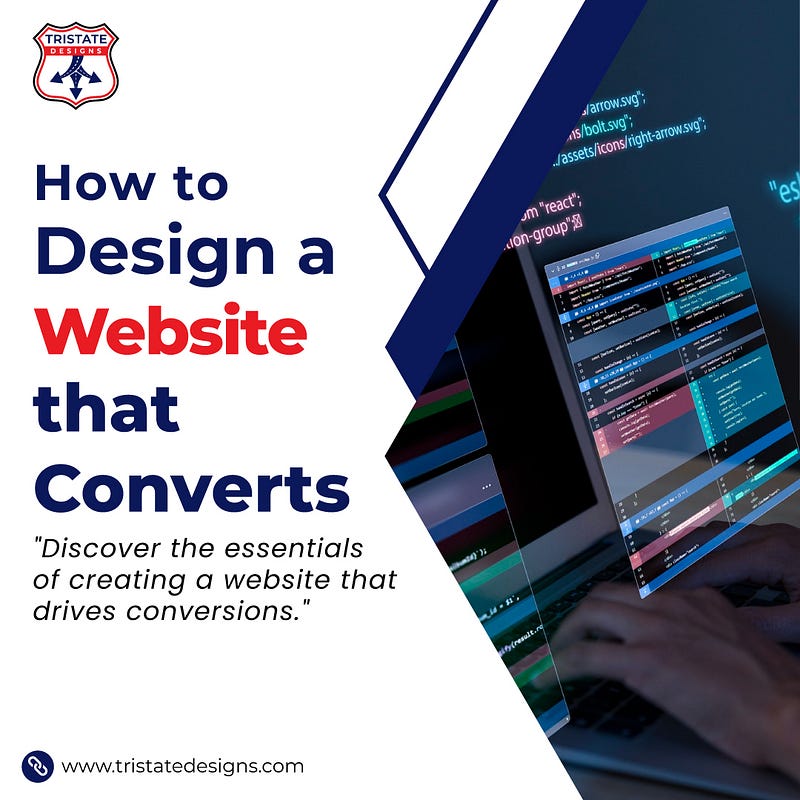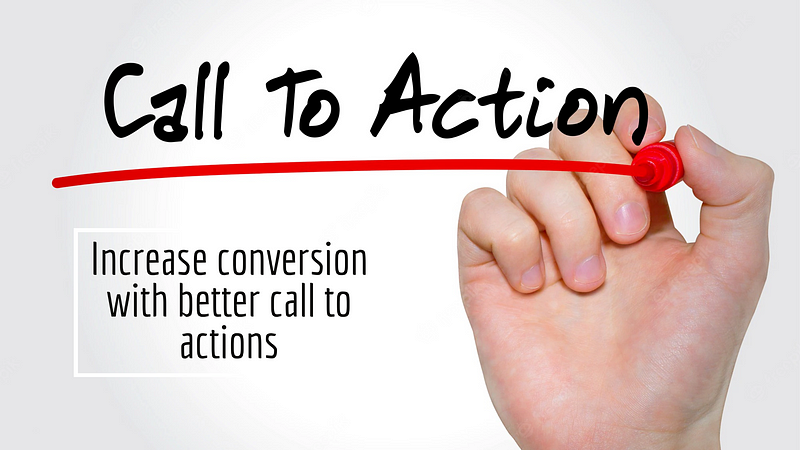Creating a website that not only attracts visitors but also drives conversions is a key goal for...
How A/B Testing Can Improve Your Conversion Rates
A/B testing, also known as split testing, is a powerful technique in the digital marketing toolkit. It involves comparing two versions of a webpage or app against each other to determine which one performs better in terms of conversion rates. By methodically testing different elements, businesses can make data-driven decisions that significantly enhance user experience and boost conversions. Here’s how A/B testing can improve your conversion rates.
Understanding A/B Testing
A/B testing involves creating two variants (A and B) of a webpage element, such as a headline, image, or call-to-action (CTA) button. These variants are then shown to different segments of your audience simultaneously. By analyzing the performance metrics of each variant, you can determine which version drives more conversions and apply these insights to your overall strategy.
Benefits of A/B Testing
1. Data-Driven Decision Making
A/B testing provides concrete data that can guide your decision-making process. Rather than relying on guesswork or assumptions, you can make informed changes based on actual user behavior and preferences.
2. Improved User Experience
By testing different design and content variations, you can identify what resonates most with your audience. This leads to a more personalized and enjoyable user experience, encouraging visitors to stay longer and engage more with your site.
3. Increased Conversion Rates
The primary goal of A/B testing is to increase conversions. Whether you want more newsletter sign-ups, product purchases, or form submissions, A/B testing helps you pinpoint the most effective strategies for achieving these goals.
Key Elements to Test
1. Headlines and Copy
The wording of your headlines and body text can have a significant impact on user engagement. Test different headlines to see which ones grab attention and drive action.
2. Images and Videos
Visual content is crucial for capturing attention and conveying messages quickly. Experiment with different images and videos to see which ones enhance your page’s appeal and effectiveness.
3. Call-to-Action Buttons
CTAs are pivotal in guiding users towards conversion. Test different button colors, sizes, placements, and wording to determine which combinations yield the highest conversion rates.
Implementing A/B Testing
1. Define Your Goals
Clearly define what you want to achieve with your A/B test. This could be increasing click-through rates, improving form submissions, or boosting sales.
2. Create Variations
Develop the different versions of the element you want to test. Ensure that each variant is significantly different to provide clear insights.
3. Split Your Audience
Divide your audience into two segments and show each group a different variant. This ensures that the test results are not influenced by external factors.
4. Analyze Results
Use tools like Google Analytics or specialized A/B testing software to track the performance of each variant. Analyze the data to determine which version performed better.
5. Implement Changes
Once you have identified the winning variant, implement these changes across your site to maximize conversions.
By continuously applying A/B testing, you can keep refining your website to better meet user expectations and drive higher conversion rates.
For more detailed insights on A/B testing, explore our resources at Tristate Designs.


